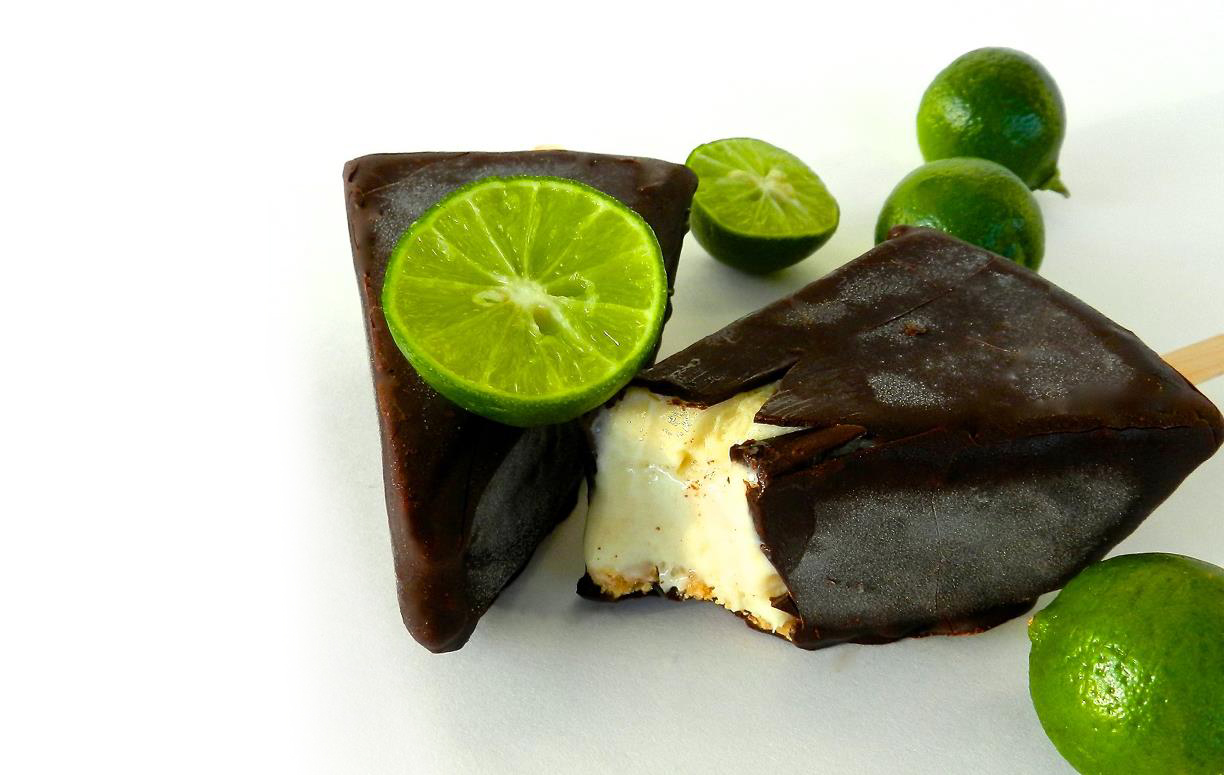
Archived from the original on April 27, 2012. "Tart and creamy, key lime pies delight the Florida Keys". "We all know Key lime pie was invented in the Keys, right? Seems not everyone agrees". "In Florida, Debate Over Origins of Key Lime Pie Strikes a Nerve". "Lustful Urges and the Original Key Lime Pie Crust".

since the 1926 Miami hurricane they are generally imported from Central or South America. Key limes have not been grown commercially in the U.S. While their thorns make them less tractable, and their thin, yellow rinds more perishable, Key limes are more tart and more aromatic than the common Persian limes seen year-round at grocery stores in the United States. Key lime ( Citrus aurantifolia 'Swingle') is naturalized throughout the Florida Keys. It was in the 1950s that Key lime pie was promoted as Florida's "most famous treat" and in 1987 as "the greatest of all regional American desserts." Key limes But there is no evidence for this, and the oldest version of this story dates to only 1895, in promotional materials for a Bed and Breakfast in Curry's former house. A widely reported story claims that William Curry's cook Aunt Sally invented it in the late 19th century. Various accounts claim that it was known earlier, but none were recorded before 1933. A 1926 restaurant menu includes "lime pie", but it is unclear what it was. A 1927 Key West Women's Club cookbook does not mention the recipe. No earlier solid sources are known, despite appeals to the public. and a recipe under the name "Key Lime Pie" was published in 1940. An "icebox lime pie", was mentioned as a specialty of the Florida Keys in 1935. Ī "Tropical Lime Chiffon Pie", using condensed milk and egg yolks, is documented in a 1933 Miami newspaper article. According to the pastry chef Stella Parks, users of the recipe altered it with local ingredients she describes it as "a stunning reminder of how deeply America's traditions are shaped by advertising". It is covered with meringue, baked, and served cold. The recipe is attributed to Borden's fictional spokesperson, Jane Ellison, and includes condensed milk, lemon juice and rind, and egg yolks. Key lime pie is probably derived from the "Magic Lemon Cream Pie" published in a promotional brochure by Borden, a producer of condensed milk, in 1931. Today, Key lime pies are usually baked to pasteurize the eggs and thicken the filling further. The filling is made similarly to a Magic Lemon cream pie, by simply mixing the ingredients without cooking: the proteins of the egg yolks and condensed milk and the acidic lime juice curdle, thickening the mixture without baking. The filling in a Key lime pie is typically yellow because of the egg yolks. The dish is named after the small Key limes, which are more aromatic than the common Persian limes, and which have yellow juice.

Kermit key lime pie recipe cracker#
It may be served with no topping, topped with a meringue topping made from egg whites, or with whipped cream it may be cooked in a pie crust, graham cracker crust, or no crust. It is made of lime juice, egg yolks, and sweetened condensed milk. So, gather the ingredients, follow the simple steps, and treat yourself to a homemade Kermit Key Lime Pie that will undoubtedly impress and satisfy your taste buds.Key lime pie is an American dessert pie. The harmonious combination of fragrant key limes and a crunchy graham cracker crust transports you to a tropical paradise with every bite.

In conclusion, Kermit Key Lime Pie is a dessert that captivates with its unique blend of tanginess and sweetness, offering a refreshing and creamy texture that is simply irresistible.

Serve the pie chilled or at room temperature for optimal enjoyment. Spread or skillfully pipe the whipped cream over the now-cooled pie, employing an aesthetically pleasing technique. Gradually incorporate the sugar into the cream until fully combined. Step 5įor the whipped cream, select a medium-sized bowl and vigorously beat the heavy whipping cream until stiff peaks emerge. Place the pie in the preheated oven and bake for approximately 15-20 minutes or until the centre achieves a firm consistency.


 0 kommentar(er)
0 kommentar(er)
